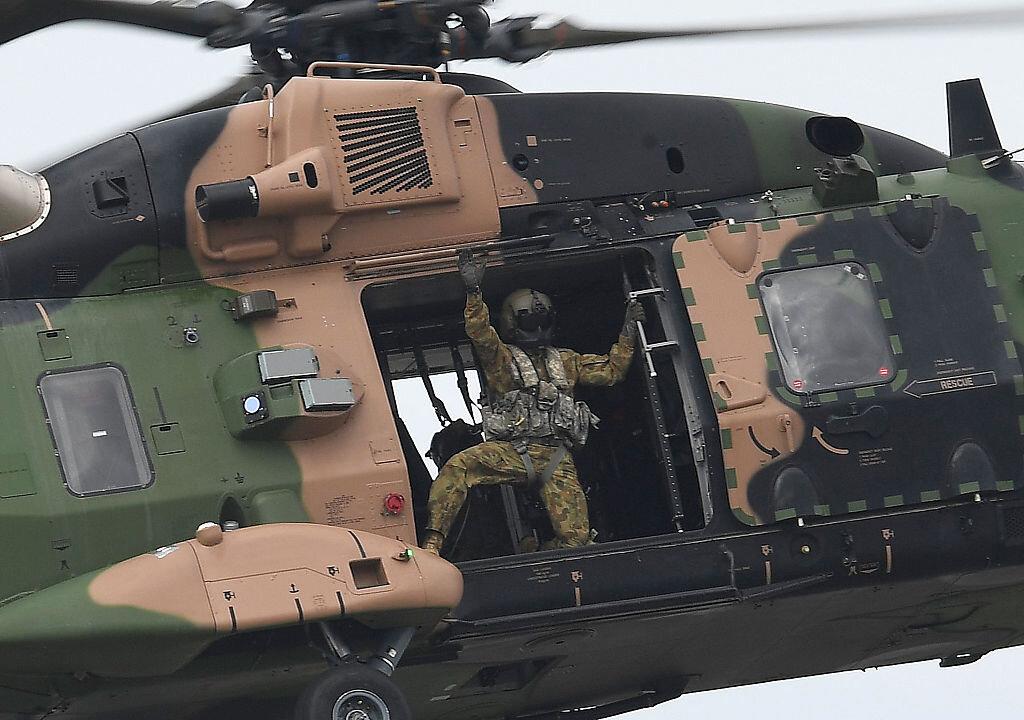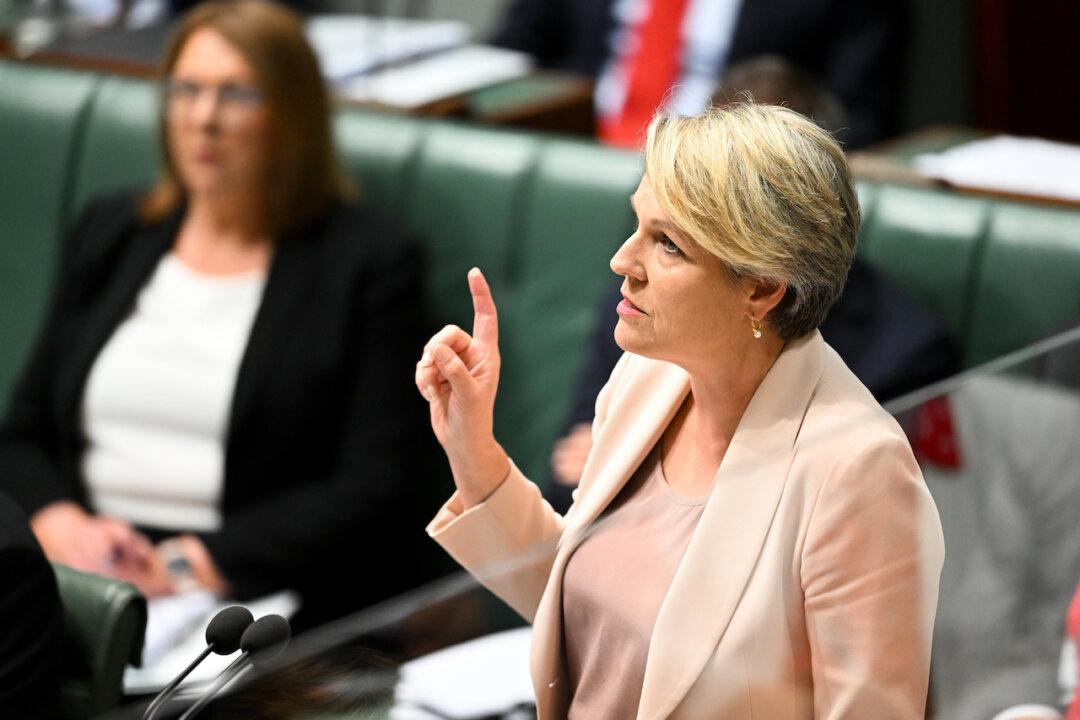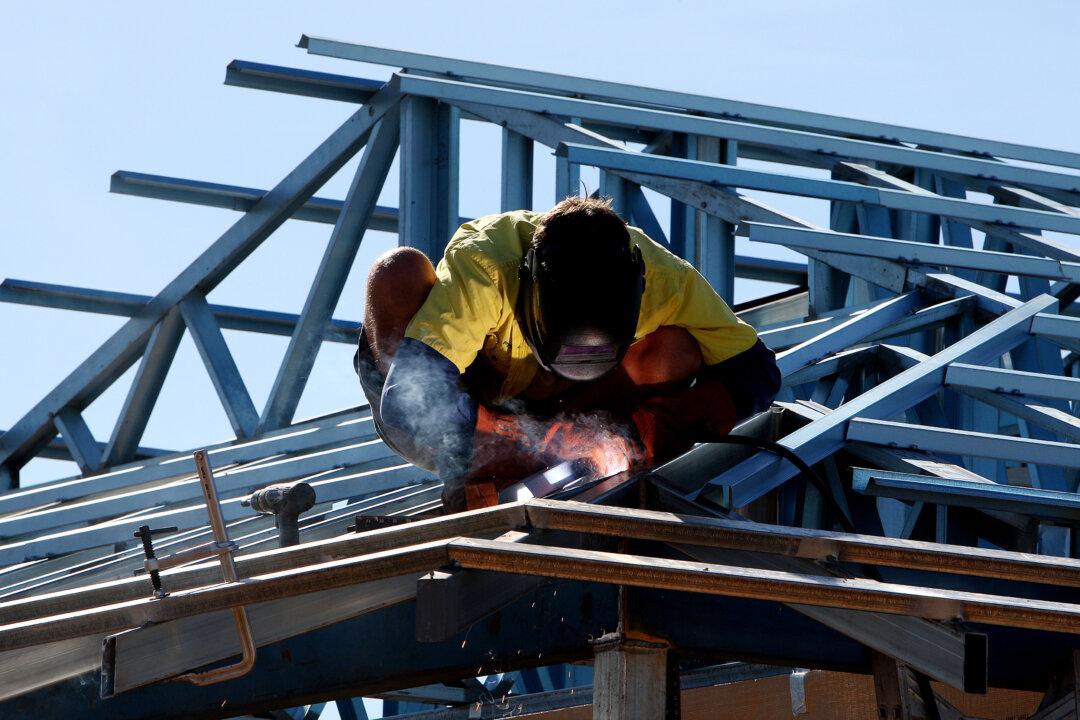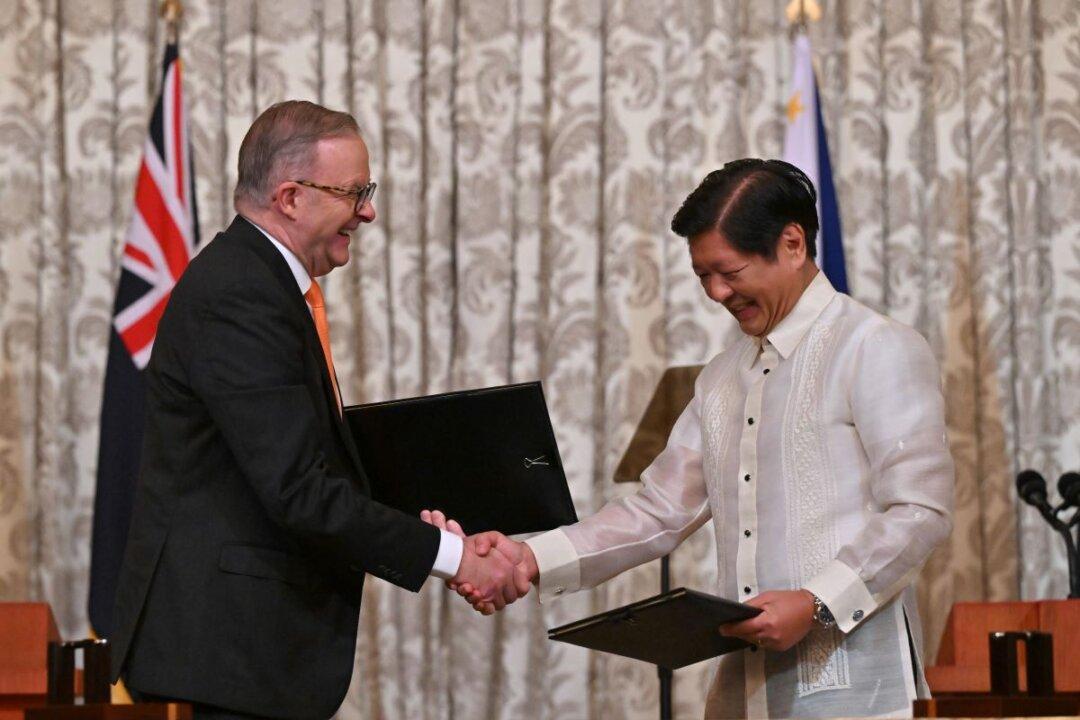It will be easier for serving members and veterans of the Australian defence forces to enter the housing market after the federal government passed a multimillion-dollar expansion to the Defence Home Ownership Assistance Scheme.
Originally established in 2008 under former Labor Prime Minister Kevin Rudd as a way to help retain serving defence personnel, the scheme’s $46.2 million (US$32.6 million) expansion will mean that from Jan. 1, 2023, serving members will be able to access the scheme two years earlier, and reserve members will be able to access it four years earlier.




